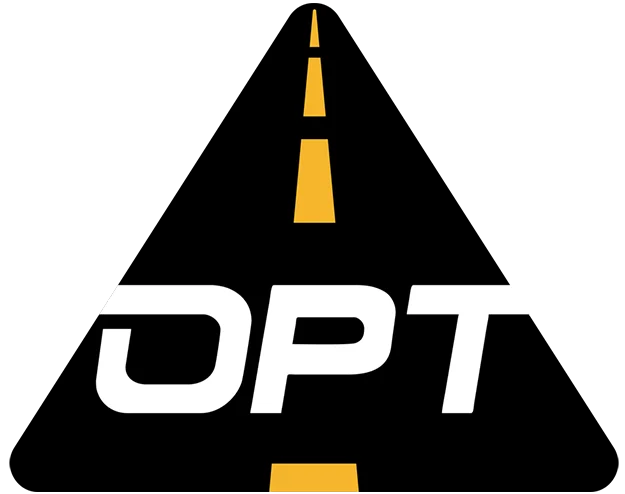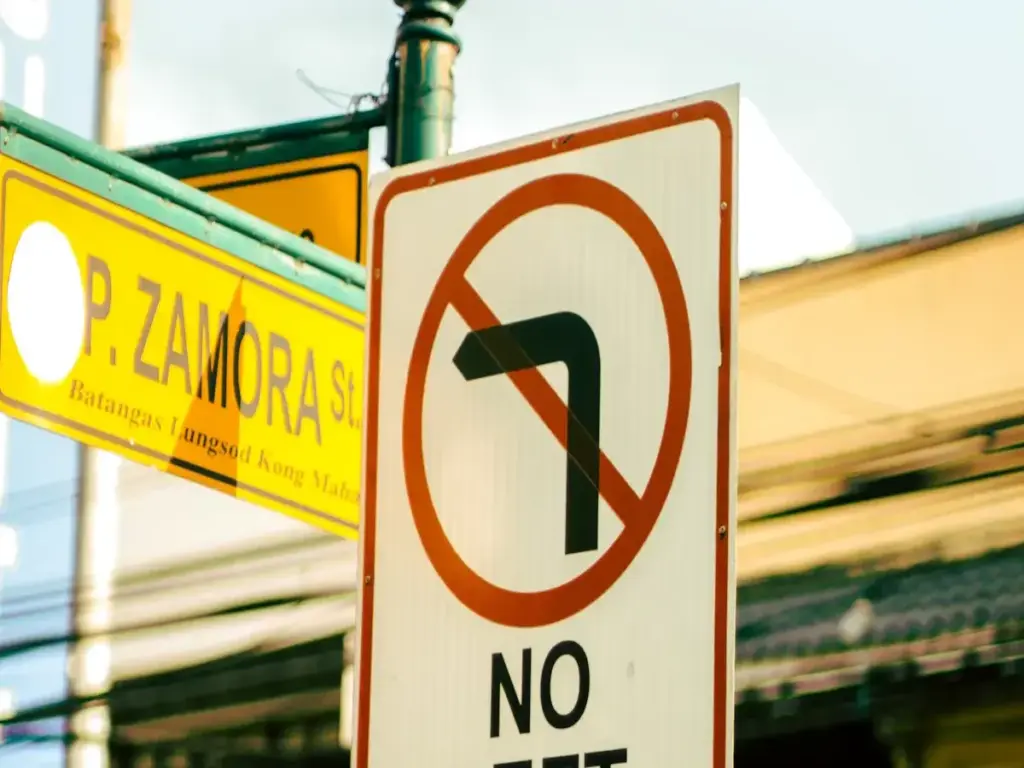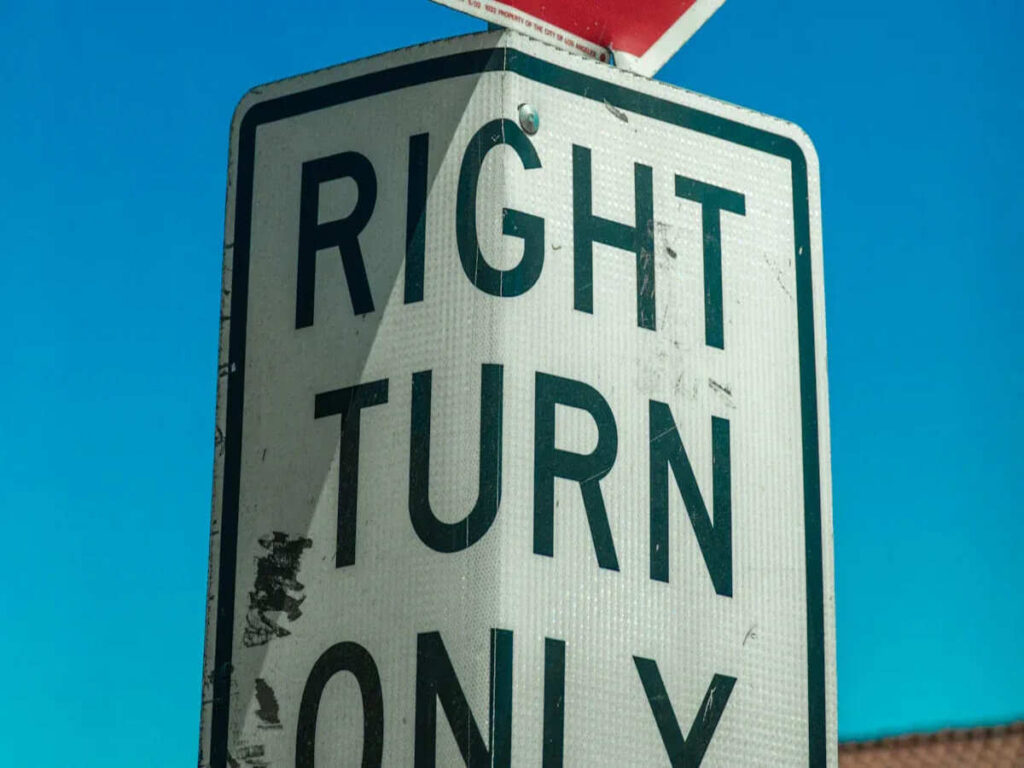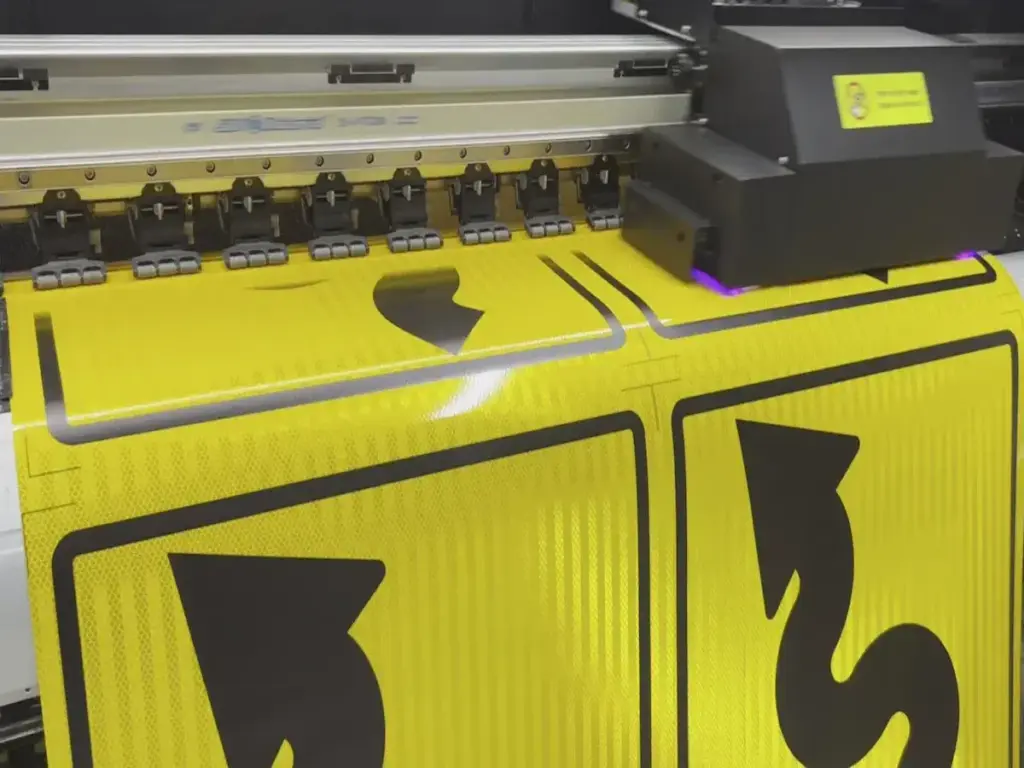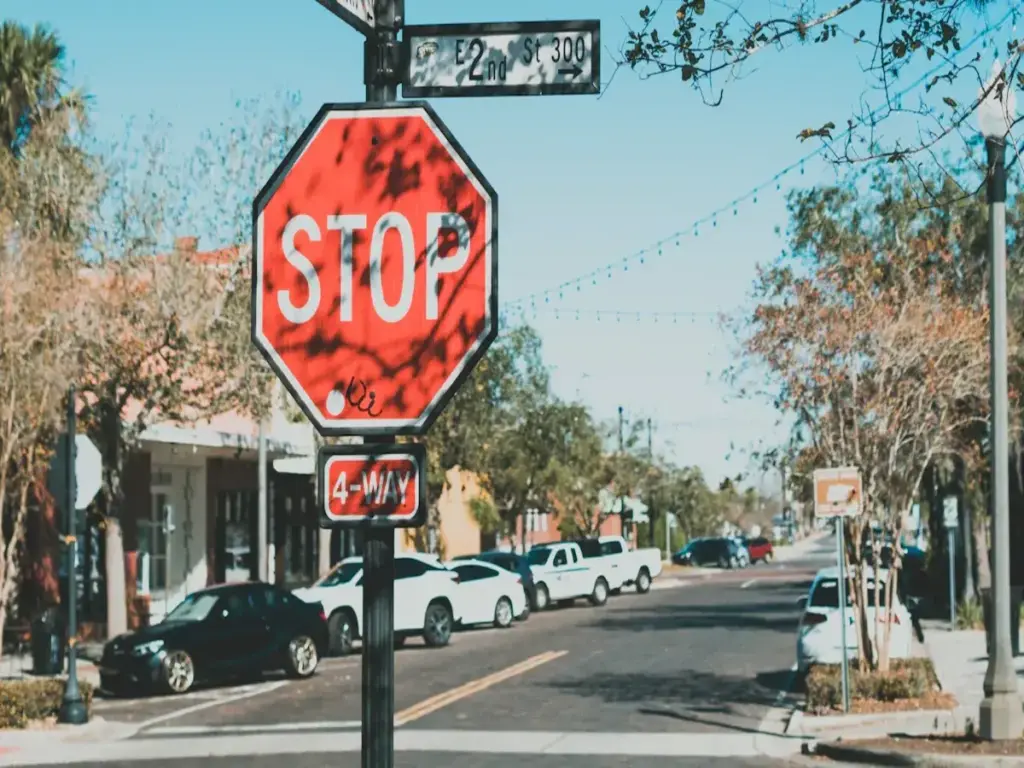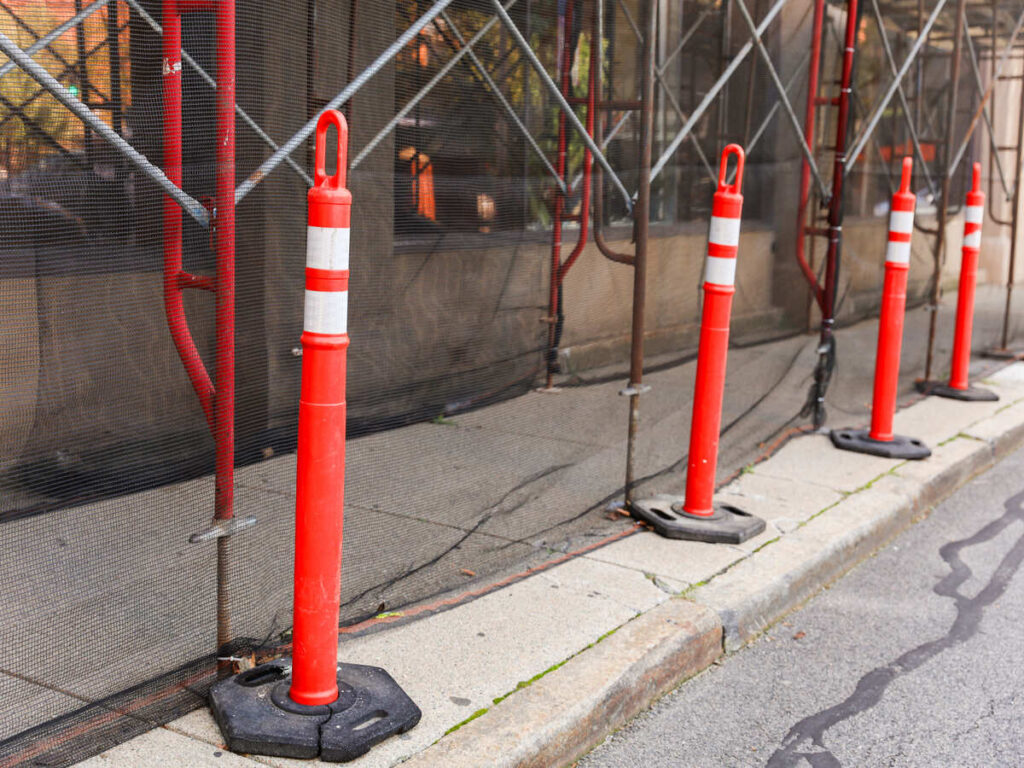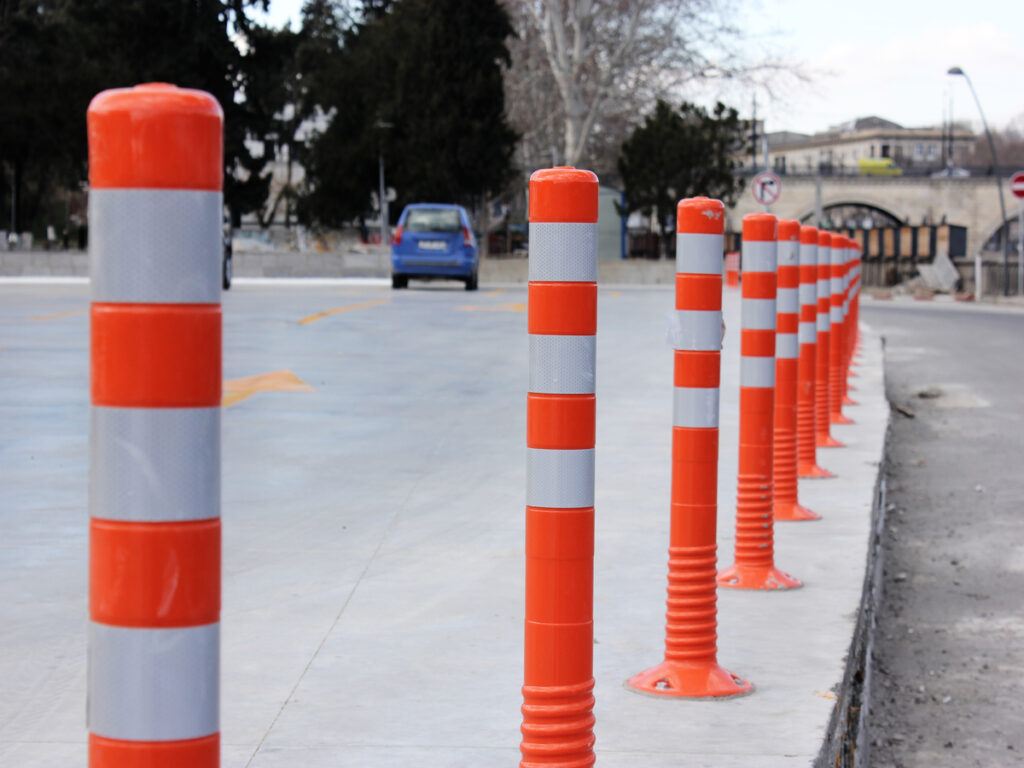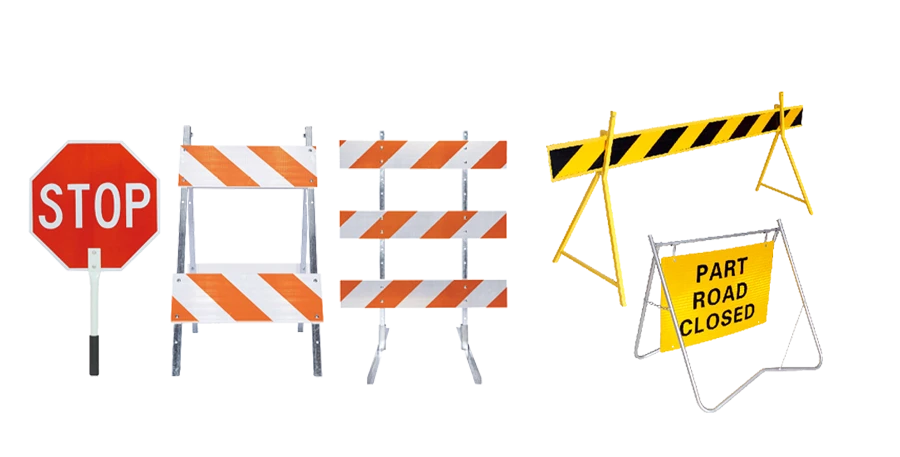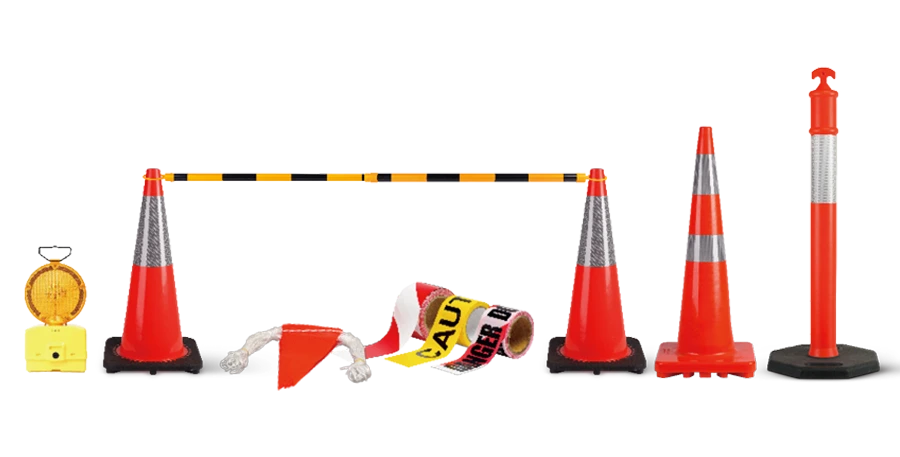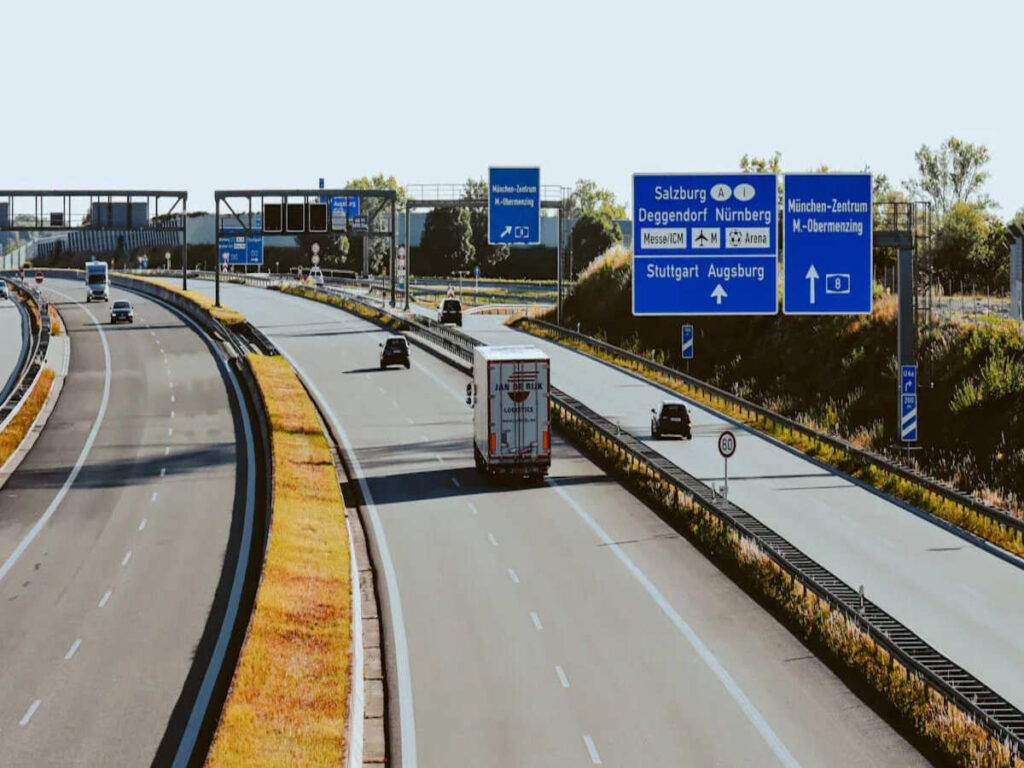
Standardized traffic signs help drivers stay safe. They also assist people in following the rules. These signs guide drivers and lower accident risks. Road signs in Germany and the United States use clear symbols and words. Sin embargo, their designs and regulations are not the same. This can change how drivers perceive the roads. International conventions, Como la convención de Viena, aid in the use of symbols. Symbols make signs easier to understand. The safety results are reflected in the numbers:
| Métrico | Alemania | Estados Unidos |
|---|---|---|
| Road fatalities (2010) | 3,648 | 32,885 |
| Seatbelt usage (conductores) | 98% | 84% |
| Seatbelt usage (pasajeros) | 97% | 74% |
| Deaths per 100,000 (2010) | 4.5 | 10.6 |
| Licensed drivers (% of population) | 77.5% | 70% |
As a global sign supplier, OPTRAFICO está comprometido a proporcionar de alta calidad, standardized traffic signs that meet international conventions and local regulations. Our extensive range of traffic signs, designed for both safety and efficiency, helps cities and road authorities comply with the necessary safety standards and improve road safety. With experience in serving diverse regions, OPTRAFICO is your trusted partner for customized traffic signage solutions that support smooth and safe traffic flow worldwide
Control de llave
- Road signs in Germany and the US look different. The rules are not the same. This changes how drivers know what signs mean.
- Germany has very strict rules for road signs. Estas reglas ayudan a mantener a las personas seguras. The US lets each state make its own rules. This causes signs to be different in each state.
- Germany uses more symbols on signs. This helps drivers from other countries understand signs fast.
- Speed limits are shown in different ways. Germany uses kilometers per hour. Estados Unidos usa millas por hora. This can make travelers confused.
- It is important to learn road signs before driving in a new country. This helps you stay safe and follow the rules.
Traffic Sign Regulations: Comparing Germany and the US
German Road Sign Standards and Compliance
Germany has very strict rules for road signs. These rules help keep roads safe and simple to use. The country follows the StVO, which controls all traffic signs. These rules are like the Vienna Convention rules. This agreement helps make signs look the same in Europe. Debido a esto, signs do not change much between German regions. Drivers see the same signs and rules everywhere.
German rules focus on safety and clear signs. Everyone in the car must wear seatbelts. Police check this rule often. Almost all people follow it. Every car must have reflective safety vests. If a car breaks down, everyone wears a vest to be seen. Parking rules use a Parkscheibe, which shows when you arrived. Emergency lanes must stay open during traffic jams. These rules show that Germany cares about safety and order.
Nota: Germany uses the right-before-left rule at intersections. The Autobahn also has strict rules. These show that Germany wants clear and fair traffic laws.
US Road Sign Standards: MUTCD vs. German Regulations
The United States uses the MUTCD for road sign rules. Cada estado puede agregar sus propias reglas.. But all states must follow the MUTCD. This means some rules change between states. Drivers may see different signs or rules in each state.
- The MUTCD gives rules for the whole country, but states can change them.
- Seatbelt rules are not the same in every state. Not everyone wears seatbelts.
- There is no national rule for reflective vests or emergency lanes.
- Parking rules are different, and most places do not use a Parkscheibe.
La siguiente tabla muestra algunas diferencias principales.:
| Aspecto | Alemania | A NOSOTROS |
|---|---|---|
| Right-of-Way Rule | Right-before-left rule if no signs or lights. | Generalmente, the car on the right goes first at intersections. |
| Rotondas | Cars in the circle go first; right-before-left if no signs. | Yield to cars already in the roundabout. |
| Autobahn Regulations | Must drive on the right; passing on the right is not allowed. | Drive on the right; passing on the left is normal. |
| Emergency Lane | Drivers must keep an emergency lane open in traffic jams. | No national rule; depends on the state. |
| Límites de velocidad | 50 kph in cities, 100 kph outside, 130 kph suggested on Autobahn. | Changes by state; generalmente 25-35 mph in cities, 55-75 MPH en carreteras. |
| Reglamento de estacionamiento | Use a Parkscheibe in some places to show arrival time. | Changes by state; usually no special device needed. |
| Safety Equipment | All passengers need reflective vests if the car breaks down. | No rule for reflective vests. |
These rules are different because of history. Germany follows EU rules to keep things the same. The US lets each state make some of its own rules. This can make things confusing for drivers who travel to new places.
Visual Design of Road Signs: Diferencias clave
Road Sign Shapes and Color Schemes in Germany and the US
Road signs look different in Germany and the US. El shapes and colors are not the same. These differences help drivers know what to do fast. Germany uses rules from the Vienna Convention. Estados Unidos sigue el MUTCD, which has its own rules.
The table below shows how each country uses shapes and colors for signs:
| Tipo de signo | Forma | Esquema de color | Significado |
|---|---|---|---|
| Advertencia | Red Triangle | Rojo (for warnings) | Alerts to a hazard on or near the road ahead |
| Prohibición | Redondo | Red Ring | Indicates a restriction or prohibition |
| Requisito | Redondo | Blue Disc | Indicates a mandatory action or minimum limit |
| Special Regulation | Cuadrado | Blue Square | Indicates special or multiple regulations |
| Servicios | Cuadrado | Blue with inner white square | Used for motorist services |
| Direccional | Rectangular | Amarillo (non-Autobahn) | Used for directions on non-Autobahn roads |
| Autobahn Direction | Rectangular | Azul (for Autobahn) | Used for directions to or on Autobahns |
| Supplemental | White Rectangle | Blanco | Provides additional information or context |
En Alemania, warning signs are red triangles. En los Estados Unidos, warning signs are yellow diamonds. Stop signs in the US are red and have eight sides. En Alemania, stop signs are round and red. These differences help drivers know what kind of sign they see. Colors also tell drivers if a sign is a warning, a rule, or just information. The way signs look shows how each country thinks about safety and sharing information.
Símbolos vs. Texto: Which Is More Effective in Road Signs?
Symbols and words are both used on road signs. Germany uses symbols more than words. The US uses both symbols and short words. This changes how fast drivers can understand signs.
- Symbols help people from other countries understand signs.
- Words give more details, but they can slow people down if they do not know the language.
- Studies show that clear symbols help drivers act faster and make safer choices.
European countries, like Germany, use symbols to help everyone understand. The US uses both symbols and words to make things clear. These choices show how each country wants to keep drivers safe and help them follow the rules. Symbols are good for quick choices. Words can help explain harder ideas.
Consejo: If you drive in both Germany and the US, learn the main sign differences. This will help you stay safe and not get confused.
Letreros regulatorios: A Comparison of Speed Limits, Señales de parada, and Priority Rules
Speed Limit Sign Differences Between Germany and the US
Señales de límite de velocidad in Germany and the US show clear differences. Germany uses kilometers per hour (km/h) on its signs. Estados Unidos usa millas por hora (mph). These differences in regulatory signs can confuse drivers who travel between the two countries.
- En Alemania, cities have a speed limit of 50 km/h. Rural roads show 100 km/h. The Autobahn has a suggested speed of 130 km/h, but some sections have no posted limit.
- En los Estados Unidos, speed limits change by state. Some highways in Texas allow up to 80 mph (acerca de 129 km/h). Most roads have posted limits for all vehicles.
- Germany’s strict rules and clear signs help drivers know what to expect. The US uses more local rules, so drivers must watch for changes.
- Road safety reports show differences in outcomes. Germany had 3,648 road fatalities in 2010. The US had 32,885 in the same year.
These differences affect how fast people drive and how safe the roads feel.
Signos de detener y rendimiento: A Comparative Analysis
Detener and yield signs look different in Germany and the US.
- Germany uses a round red sign with the word “STOP.” The US uses an octagonal red sign with “STOP” in white letters.
- Yield signs in Germany are triangular with a red border and the words “Vorfahrt gewähren.” The US uses a triangle with a red border and the word “YIELD.”
- These differences in regulatory signs help drivers recognize rules quickly.
- The shape and color make it easy to spot the sign, Incluso desde muy lejos.
Priority Signs: How Germany and the US Differ
Priority rules show more differences.
- Germany uses a yellow diamond to show priority roads. Drivers know they do not need to yield.
- The US does not use a diamond for priority. En cambio, signs and road markings show who goes first.
- En intersecciones, Germany often uses the right-before-left rule. The US usually lets the car on the right go first, but local rules may change this.
- These differences help drivers understand who has the right of way.Tip: Drivers should learn the local rules before driving in a new country. This helps avoid mistakes and keeps everyone safe.
Warning and Information Road Signs: Common and Unique Features
Common Warning Signs in Germany and the US
Drivers in Germany and the US see many warning signs. These signs help people watch out for danger. Both countries use shapes and colors to make signs easy to see. En Alemania, warning signs are red triangles with a symbol inside. The US uses yellow diamonds with black symbols or words. These differences help drivers know what to expect.
Some warning signs look the same, like sharp turns or animal crossings. Both countries use pictures to show these dangers. El US sometimes adds words like “Zona escolar” o “Deer Crossing.” Germany uses more symbols, which helps people who do not speak German. These differences make it easier for visitors to understand the signs.
Directional and Informational Signs: Diferencias clave
Directional and informational signs help drivers find their way. Germany and the US use different colors and shapes for these signs. The table below shows how guide signs are different:
| Característica | Alemania | A NOSOTROS |
|---|---|---|
| Uso de color | White circle with red border for prohibitive actions; blue circle for mandatory actions; green for state highways; blue for services; brown for tourist attractions. | Red with white for stop/yield; green with white for informational; brown for parks; blue for services; white with black for regulatory; yellow for warnings; orange for construction. |
| Forma | Rectangular for information and direction signs. | Rectangular for informational signs, with specific shapes for regulatory signs. |
| Regulatory Practices | Follows European standards for sign design. | Standardized but with exceptions, especially outside the US. |
Germany uses pictures and arrows to show directions. The US uses more words, como “Salida” o “Rest Area.” These differences can change how fast drivers find their way. Germany’s signs use symbols, but the US uses words and colors. This shows how each country tries to make signs clear.
Unique Road Signs in Germany vs. Estados Unidos
Some road signs are only found in one country. Germany has special signs for self-driving cars. These signs help these cars know where they are on the road. The US does not use these signs yet. Other differences include:
- Germany uses environmental zone signs for areas with pollution rules.
- The US has state signs, como “California Stop,” that are not in Germany.
- Germany has signs for autobahn speed limits and places with no speed limit.
These differences help drivers learn local rules and new technology. People should learn about special signs before driving in a new country.
Regional and Specialized Road Signs
Autobahn Signs in Germany: Understanding Their Role
Germany’s Autobahn has special signs for drivers. These signs use bright colors and easy symbols. Blue rectangle signs show exits and directions. White numbers on blue signs show suggested speeds. Some signs show the slowest speed allowed. Other signs show places with no speed limit. Warning signs are triangles with red edges. These warn about sharp turns or road work.
The table below shows the main types of special road signs in Germany:
| Type of sign | Physical features | Description/Examples |
|---|---|---|
| Señales de advertencia | Triangular with a red outer rim | Rail crossings, áreas restringidas |
| Signs giving orders | Often blue round signs | Allowed directions, road usage for certain users |
| Informative signs | Cuadrado o rectangular | Priority roads, park and ride zones |
| Dispositivos de control de tráfico | Striped red and white, sometimes lights | Temporary hazards, construcción |
Autobahn signs help drivers know speed rules and lanes. German Autobahn signs use kilometers per hour. They also show suggested speeds. Many Autobahn parts have no top speed. Germany suggests driving at 130 km/h. These signs help cars move safely and quickly.
State-Specific Road Signs in the US: Variaciones locales
The US has national rules for road signs. But each state can make its own signs. States add colors, formas, or pictures to show local pride. Colorado puts its flag on signs. Alaska and New Mexico use flag parts. Pennsylvania uses its nickname, the Keystone State. Arizona and Nevada use their state shape on signs.
| Estado | Sign Features |
|---|---|
| Colorado | State flag graphics |
| Alaska | Individual flag elements |
| Nuevo Méjico | State flag elements |
| Pensilvania | Keystone State reference |
| Washington | George Washington silhouette |
| Arizona | State outline |
| Nevada | State outline |
| Nueva Jersey | Simple geometric shapes |
| Kentucky | Simple geometric shapes |
| Misisipí | Simple geometric shapes |
| Iowa | Simple geometric shapes |
| Delaware | Simple geometric shapes |
- Each state has its own highways and rules.
- Some highways follow national standards, pero algunos no.
- Weather and land shape change how signs look.
These changes can confuse drivers who visit new states. Different signs and symbols may make travel harder. States change signs for their own needs. This can make driving less smooth for visitors.
Consejo: Drivers should look closely at signs in new states. Special shapes or pictures may show important local rules.
Compliance and Enforcement of Road Sign Regulations
Penalties for Non-Compliance with Road Signs in Germany
German police watch drivers closely. They want everyone to follow road signs. If you break a rule, you get a fine. Por ejemplo, stopping near a crosswalk or traffic light costs €20. The table below shows this penalty.
| Violation | Pena |
|---|---|
| Stopping in prohibited areas (P.EJ., near pedestrian crossings, semáforo) | €20 |
Serious mistakes give drivers points. These points go into a big database. Si obtienes demasiados puntos, you lose your license. This system helps people obey the rules. It also keeps roads safe and organized.
Enforcement of Road Sign Regulations in the US: Local vs. National Differences
The US has national rules for road signs. These rules come from the MUTCD. Local governments can change some rules. They think about weather and road conditions. The list below explains how rules work in the US:
- The MUTCD sets rules for the whole country.
- Local governments change rules for their area, like for weather.
- Cities and states can adjust sign rules but must follow national standards.
Germany keeps rules the same everywhere. The US lets cities and states change some rules. This means drivers may see different signs in new places. Local control helps with special needs, but national rules keep things similar. Drivers should learn local rules to avoid fines and stay safe.
The Impact of Road Sign Differences on Drivers
Challenges Faced by International Drivers with Differing Road Signs
International drivers can get confused by new road signs. They may not know what different shapes and symbols mean. Germany uses the same signs everywhere because of EU rules. The US lets each state make its own signs. This makes it hard for visitors to understand the rules.
| Aspecto | Alemania | A NOSOTROS |
|---|---|---|
| Normalización | EU-wide standardized signs | State-specific variations |
| Claridad | High clarity due to uniformity | Potential confusion due to inconsistencies |
| Cultural Context | Consistent road safety regulations | Varies by state, affecting understanding |
Drivers in Germany must learn many symbols and safety rules. Getting a license in Germany takes more time and practice than in the US. Visitors who do not know the rules can make mistakes. En los Estados Unidos, drivers must watch for new signs in each state. Not knowing the signs can cause fines or accidents.
- Not understanding signs can lead to tickets.
- Some signs warn about dangers in the area.
- Not knowing local customs can make driving unsafe.
How Road Sign Differences Impact Safety and Navigation for Drivers
Different road signs in Germany and the US change how safe driving is. Germany uses the same speed signs everywhere. This helps drivers know the right speed. The US has different speed signs in every state. This can confuse people who are not from there. Germany has a strict blood alcohol rule of 0.03% for drivers in trouble. The US allows up to 0.08%, which is less strict.
| Aspecto | Alemania | Estados Unidos |
|---|---|---|
| Speed Limit Signage | Different speed limit signage conventions | Varies by state, often less standardized |
| Actitudes culturales | Strong emphasis on road safety | Varía, with some regions less strict |
| Driver’s License Process | Extensive training and high costs | Simpler process with fewer requirements |
Drivers in Germany and the US notice different shapes and colors on road signs. The symbols on these signs are not always the same. Both countries use signs to help keep people safe. But the rules and how signs look are different. People should learn about local signs before they drive. Knowing stop signs, semáforo, and warnings helps stop accidents.
En OPTRAFICO, we understand the importance of standardized, claro, and effective road signage for both local and international road safety. As a trusted partner for traffic management companies and government departments, we offer a wide range of high-quality traffic signs that comply with both local and global regulations. Whether you are managing a road network or overseeing public safety, OPTRAFFIC provides customizable solutions designed to meet the specific needs of your jurisdiction.
Preguntas frecuentes
What is the Vienna Convention on Road Signs and Signals?
The Vienna Convention on Road Signs and Signals is an international treaty adopted in 1968 to standardize road signs and signals across countries. The goal of the Convention is to improve road safety and facilitate international road traffic by establishing a common understanding of traffic signs, señales, y marcas viales. The treaty provides guidelines on the design, forma, color, and symbols used in road signage, aiming for consistency across borders to ensure clearer communication with road users, regardless of their native language.
What is StVO in Germany?
El StVO (Straßenverkehrs-Ordnung) is the German Road Traffic Regulations, which govern traffic rules and regulations in Germany. It is a key part of the country’s traffic law, setting out the rules for road users, incluyendo conductores, ciclistas, y peatones. The StVO covers a wide range of topics, tales como límites de velocidad, letreros de tráfico, behavior at intersections, regulaciones de estacionamiento, and safety measures. It aims to ensure safety, order, and smooth traffic flow on Germany’s roads.
How are speed limits shown in Germany and the US?
Germany uses white circle signs with black numbers. These numbers show speed in kilometers per hour. The US uses rectangle signs with black numbers. These numbers show speed in miles per hour. Drivers need to notice these differences when they travel.
What is different about stop signs in Germany and the US?
Germany has round red stop signs with “DETENER” written on them. The US has red stop signs shaped like an octagon. Ellos también tienen “DETENER” in white letters. The color and shape help drivers see the sign fast.
Are there special traffic signs in Germany not found in the US?
Germany has signs for environmental zones and no-speed-limit areas on the Autobahn. The US does not use these signs. Drivers in Germany should learn these signs before they drive.
How do Germany and the US make rules for traffic signs?
Germany uses strict national rules from European standards. The US follows MUTCD rules for the whole country. But each state can change some rules. This means the US has more differences in signs.
How do warning signs for school zones differ in Germany and the US?
Germany uses red triangle signs with symbols for school zones. The US uses yellow diamond signs with words or flashing lights. Both countries want to keep kids safe near schools.
